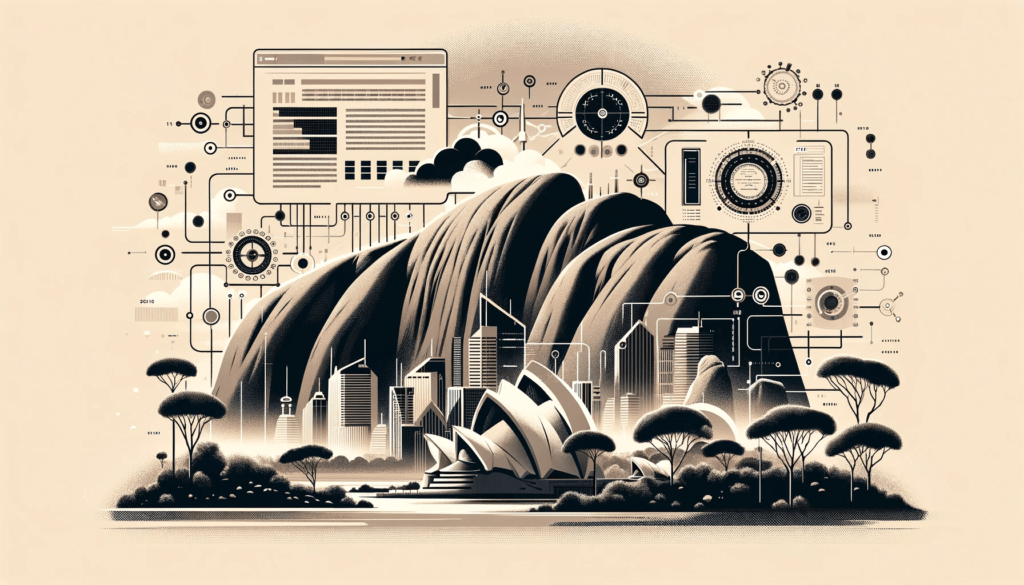
A Tale of Innovation
A vast, sun-drenched Australian landscape, traditionally known for its natural beauty and resources. In the midst of this, a quiet revolution has been brewing, one of technological innovation and automation. This is a story not just about machines and software, but about the people and ideas shaping the future of Australian industry. As we delve into the evolving world of automation engineering, we find a narrative that’s as much about human ingenuity as it is about technological advancement.
The Present Landscape
Automation engineering in Australia, particularly in fields like PLC programming, SCADA, and HMI, has long been a cornerstone of industrial efficiency and innovation. In recent years, we’ve seen a notable shift. The integration of advanced robotics, AI, and Internet of Things (IoT) technologies has not just streamlined processes but also opened new avenues for exploration and growth.
Statistics from industry reports indicate a steady growth in the adoption of automation technologies. A study by Australian Industry Group reveals that 45% of Australian industries have progressively integrated automation into their operations, a number that’s set to increase significantly.
Uncharted Territories: Future Trends and Challenges
Looking ahead, the future of automation engineering in Australia is both exciting and filled with challenges. One emerging trend is the increasing synergy between AI and automation, leading to more intelligent and adaptable systems. This advancement, however, brings forth a new set of challenges, particularly in the realms of cybersecurity and data privacy.
The rise of smart cities and sustainable manufacturing practices also presents unique opportunities for automation engineers. We’re looking at a future where automation not only enhances efficiency but also plays a crucial role in environmental sustainability.
However, with these advancements, there’s an increasing demand for skilled professionals. Companies like JO Hunter are stepping up to bridge this gap, offering tailored solutions to help employers find suitably qualified automation engineers. It’s a critical service, ensuring the right talent meets the right opportunity.
The Road Less Travelled
What’s often not discussed in mainstream conversations is the impact of automation on workforce dynamics. The integration of automation in industries inevitably leads to a shift in job roles. There’s a growing need for professionals who are not just technically skilled but also adept at adapting to evolving technologies. This shift highlights the importance of continuous learning and upskilling, aspects that are integral to staying relevant in the field.
Facilitating the Future
In navigating these new waters, services like JO Hunter play a pivotal role. By understanding the specific needs of the industry and the nuances of the job market, JO Hunter provides an invaluable service in connecting automation engineering talent with the right opportunities. Their expertise in the field ensures that the future of Australian industry is not just automated but also innovative and forward-thinking.
A Question of Balance
As we stand on the cusp of a new era in automation engineering, it’s clear that the field in Australia is not just about technology. It’s about balancing innovation with practicality, foresight with adaptability, and progress with sustainability.
So, as we look towards a future where automation is not just a tool but a partner in progress, one question remains: How will we, as engineers, innovators, and thinkers, shape this partnership to create a future that’s not only efficient but also equitable and sustainable?


